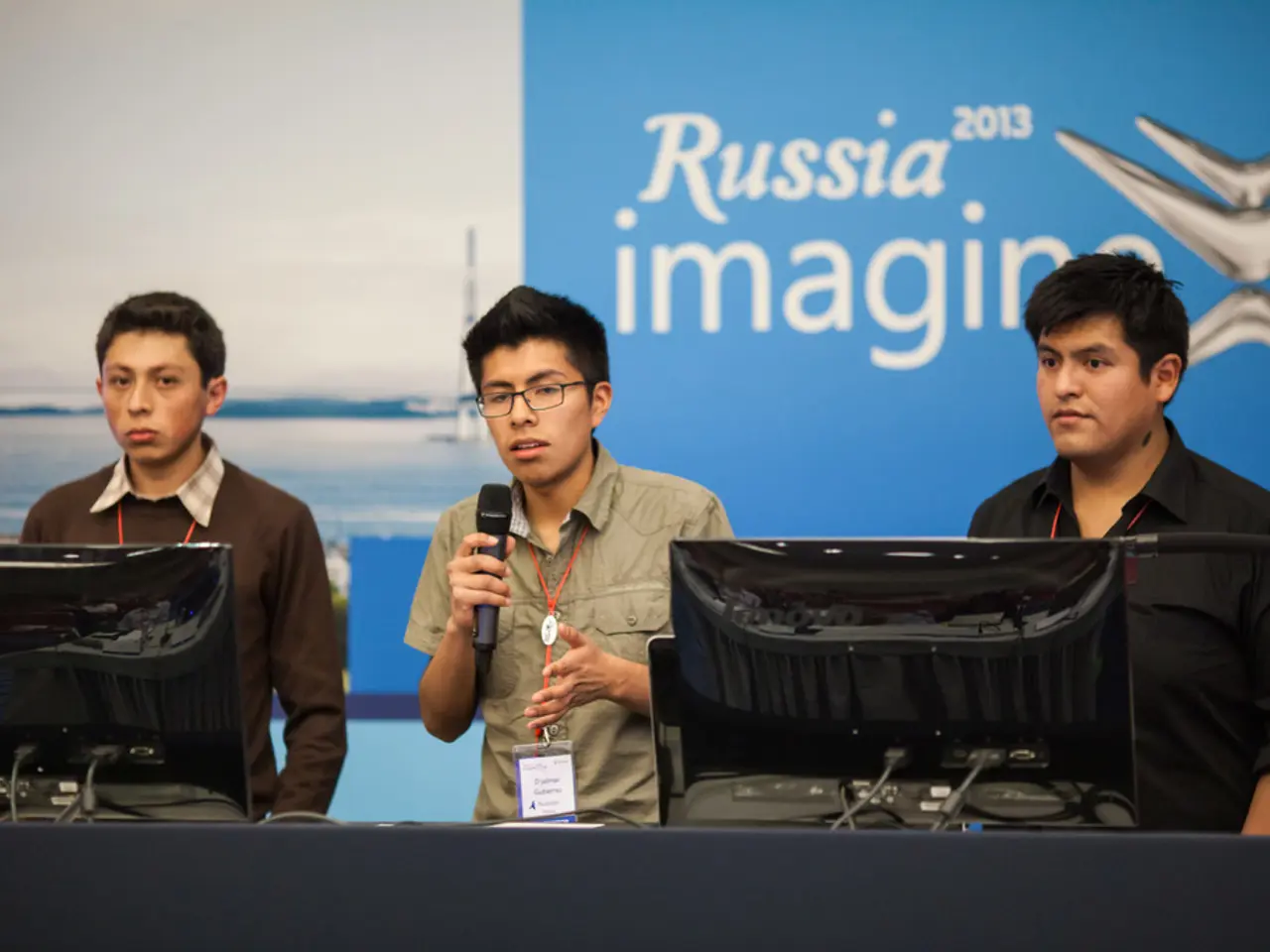International Education Conundrums: Delving into hurdles and potential solutions
In a world increasingly interconnected, the importance of education cannot be overstated. From Finland to Ghana, India, Germany, the European Union, Australia, and beyond, nations are recognizing the need for a global perspective in education. This perspective equips students with the skills needed for a globalized workforce, fosters cultural exchange, and develops empathy and respect for diversity.
Finland's success in education can be attributed to factors such as highly qualified teachers, minimal standardized testing, and a focus on creativity and critical thinking. Finland's equitable education system, with its emphasis on holistic development, has led to very small performance gaps between schools and promotes equity across student groups.
However, the disparity in access to quality education is a key challenge in global education. Many children worldwide lack the opportunity to attend school or receive a proper education. Addressing this issue requires a multi-faceted approach involving governments, organizations, and individuals.
One such organization is Teach for All, a global network that recruits and trains talented individuals to teach in underserved communities. Bridge International Academies operates a network of low-cost private schools in Africa and India, leveraging technology and standardized teaching methods to provide affordable education.
Improving infrastructure and resources is another crucial aspect of addressing global education challenges. This involves investing in education infrastructure, such as school buildings, libraries, and technology, and training and supporting teachers to deliver quality education.
Efforts to increase access and equity include providing financial support to families in need, building schools in underserved areas, and implementing policies that promote gender equality in education. The Ghanaian Free Senior High School (SHS) policy, for instance, eliminated tuition fees, increased secondary enrolment by 34%, especially benefiting girls and low-income students. Yet, it also highlights challenges in infrastructure, such as overcrowded classrooms and teacher shortages.
India's Teaching at the Right Level (TaRL) initiative is another successful model. It groups students by learning levels rather than age, improving foundational literacy and numeracy by 25% in underserved regions and being a cost-effective, scalable model suitable for resource-limited settings.
The German dual education system, combining classroom learning with vocational training, is globally recognized for preparing students for workforce readiness while maintaining academic standards. Australia's inclusive education system, investing heavily in teacher training, technology-enabled classrooms, and multicultural inclusion policies, makes it a leader in research innovation and equity for diverse student populations.
European Union initiatives like Erasmus+ and the European Universities initiative invest heavily in student mobility and integration curricula aimed at developing cultural competencies and global citizenship among diverse students. Australia and Germany's DAAD programs also promote cultural integration for international and domestic students through language and competency modules.
Programs like the APRU SDG Education for Global Citizenship and USC Rossier’s educational leadership programs focus on intercultural and transdisciplinary learning, preparing students as global citizens, and addressing systemic educational challenges, respectively.
These examples represent diverse global approaches balancing policy, cultural inclusion, infrastructure improvement, and targeted pedagogy to enhance education access and equity across regions. By learning from successful educational programs and sharing best practices, we can work towards improving education on a global scale.
In conclusion, a global approach to education is essential for fostering critical thinking, problem-solving skills, and preparing students for the globalized workforce. Collective efforts can address global education issues by increasing access, improving infrastructure and resources, fostering a global perspective, and highlighting successful educational programs. These efforts can create a brighter future for all students, regardless of their geographical location or socio-economic background.
- To effectively tackle the challenge of disparity in global education access, we can draw inspiration from organizations like Teach for All and Bridge International Academies, which leverage technology, recruit and train talented individuals, and implement standardized teaching methods to provide quality education in underserved communities.
- To ensure every child, regardless of their location or socio-economic background, benefits from education, we should follow the example of initiatives like the Ghanaian Free Senior High School policy, which eliminates tuition fees, increases enrolment, and invests in infrastructure to overcome issues such as overcrowded classrooms and teacher shortages.
- In light of the success of programs like India's Teaching at the Right Level initiative, which groups students based on learning levels and achieves significant improvements in foundational literacy and numeracy, it is crucial to adopt targeted pedagogical approaches that cater to the needs of underserved regions and promote equitable education on a global scale.




